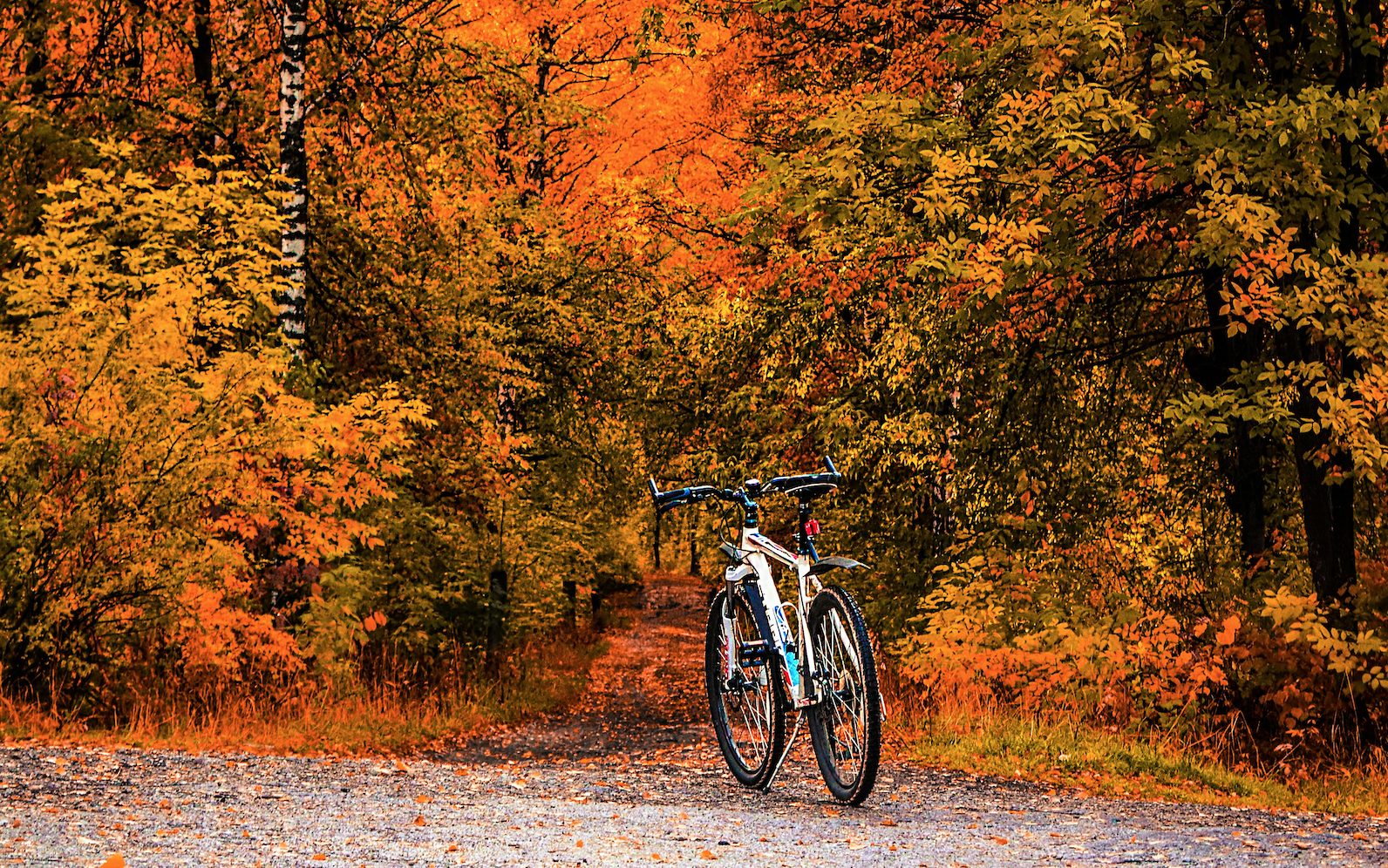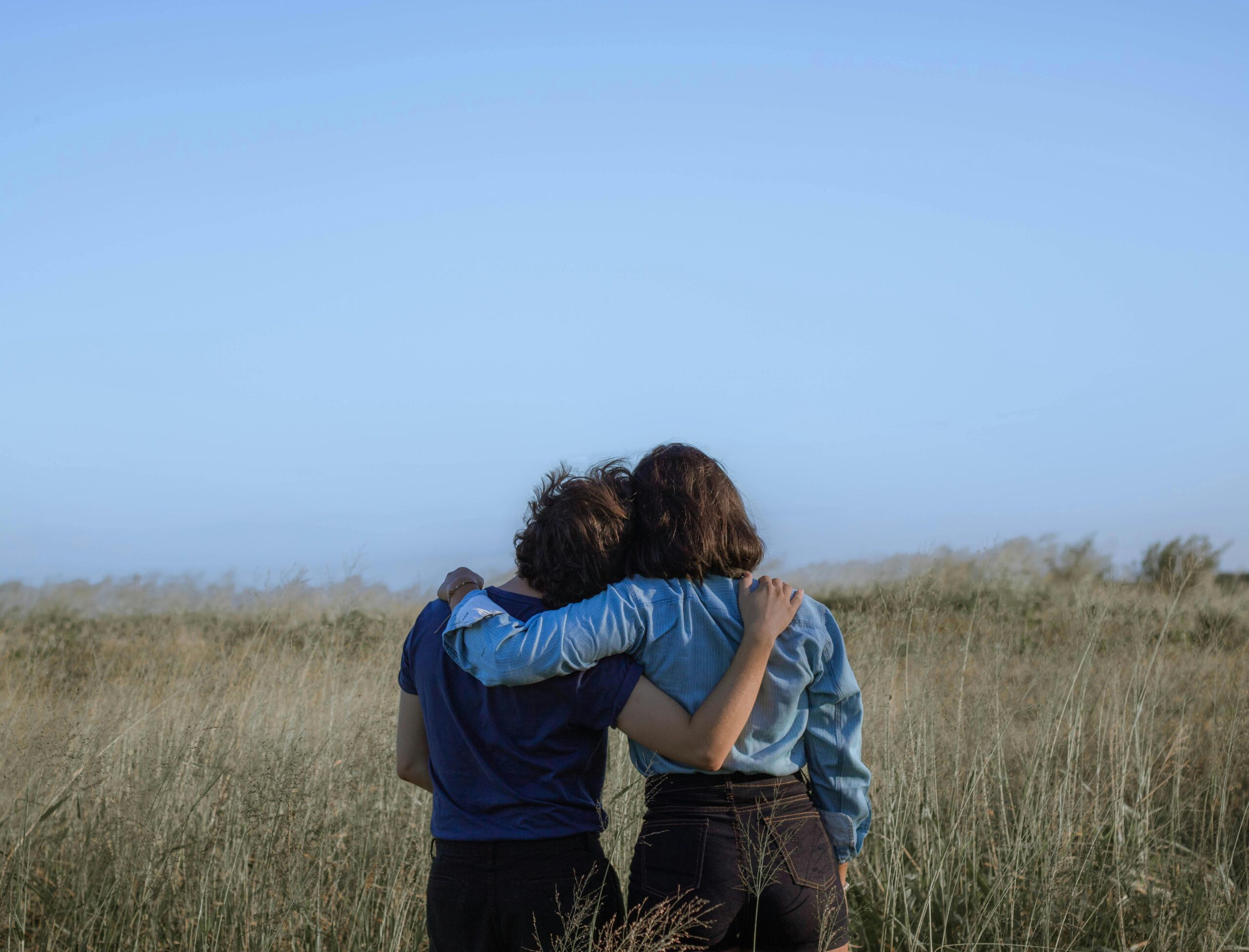
By Linda Feyder
I am a second-generation Mexican-American on my maternal side. Like so many of us today, my genealogy reads like a complicated recipe. A little of this, a little of that, and don’t forget some of this. As the world shrinks and cultures and ethnicities blend, my story is far more common today than yesterday. My mid-western American father (meaning a man of German, Scottish, Irish and French descent with family living in America for many generations) moved to California in the early 1960’s and married my mother who had moved there from Brooklyn, New York. My mother was a first-generation Mexican-American whose parents and three brothers migrated from Mexico City to New York.
The world my mother grew up in was quite different than mine. She grew up in scrappy Brooklyn, full of ethnic tension and strong work-ethic grit. She was the only daughter of four children and her mother never learned to speak English. She was my grandmother’s perennial translator amid her own struggles in the English-speaking classrooms, long before ESL was commonplace. My grandfather shined shoes until he saved enough money to open his barber shop.
When I compare this to my own childhood, the difference is striking: a suburban American upbringing in one of the post-war tract developments in sunny California. Everyone of basically the same socio-economic status, living in a neighborhood where the only differences were the occasional single mother, the Chinese family up the block, the friendly Rabbi and his family, and the Sicilian grandmother dressed in black who came to America after her husband died.
In this environment, where everyone wanted to blend in and live the American dream, Spanish was never spoken in my house. I think about that now and it’s surprising. My mother grew up speaking only Spanish in her home, yet with us there wasn’t a word, save for when she cursed in the language we didn’t understand. She and all of her three brothers married Americans who didn’t speak any Spanish. The only time I heard her speak Spanish is when she was with her family who had, by this time in my childhood, all moved west to California from New York.
As a child, this was fine with me. I wanted to blend in with the others. There was, I intuited, something shameful about a Mexican immigrant past. My uncle, who was an actor and moved to California to chase his dream, changed his name to an Americanized version to get his foot into auditions. An avid reader of history, he had traced our roots back to Spain and seemed far more comfortable discussing this than the country of his own birthplace.
My youngest uncle married a blonde American woman and raised boys with similar locks of hair. My oldest uncle disappeared before I ever met him, after serving in the war, attending UCLA on the GI bill and marrying an American woman, changing his name, and settling near Seattle with a completely new identity. I imagined what meeting him might be like much later in my short story, “White Shoes”.
And yet, the Mexican culture was all around us in California. For our own family gatherings, the Thanksgiving meal was also served with mole, arroz con pollo, and sopes, a traditional Mexican dish with a fried masa base that my grandmother made by hand. The molcajete came out and the smell of saffron and chiles wafted through the air. My grandfather was wildly proud of his American citizenship. I can still hear his voice when he surprised us with a useful tip for living: “What do you think? I’m an American citizen!” he humorously proclaimed.
My grandmother, on the other hand, retreated into herself and seemed to me, even as a child, like a woman misplaced, shellshocked by the changes to her environment, keeping a large part of herself in a distant land.
Imagine my mother’s surprise when, upon starting college, I immersed myself in my Mexican heritage. I began taking Spanish language classes where my early exposure to my mother’s family lent itself to a ready accent. I read Octavio Paz, Carlos Fuentes, Elena Garro, Juan Rulfo, and, closer to home, Sandra Cisneros and Gary Soto. I travelled to Mexico City and soaked up the dynamic confluence of Aztec and Spanish history, immersed myself in the Mexican art of Frida Kahlo, Rufino Tomayo, Manuel Alverez Bravo, and chased down work by the three muralists, Diego Rivera, Jose Clemente Orozco, David Alfaro Siqueiros through the states of Guanajuato and Zacatecas.
I stayed on a farm in the small town of Ramblas and travelled in the back of a pickup truck with the abuelos to make homemade tamales (parts of this experience turned up later in my story “Marta del Angel”). Back home, I taught ESL to Mexican immigrants who had just arrived and spent hours at night translating lesson plans for them to understand. And when I arrived in Houston, TX, for graduate school, I sought out Arte Publico Press, the largest publisher of US Hispanic authors, where I became both an editor and contributor.
During this time, my mother regarded me with a mixture of puzzlement and pride: “Why are you so interested in this?” with “Oh, yes, isn’t it wonderful? People don’t know about the rich culture of Mexico.” When I look back on it now, I realize that my immersion into the culture and language was a way to understand my family, that mixture of shame and pride that was felt, but not spoken.
Theirs was a generation that wanted to blend in, not stand out, and I came to understand that in their efforts to succeed in their new country, a portion of themselves was also locked away, hidden from view. I wanted to see where they came from. I wanted to know why they left and sacrificed so much. I realize now that I also wanted to put words to their silence.
My mother’s family’s final migration to California was like the punctuation point to their journey. To make it to California, the glittery state of their imaginations, was to shed their ethnic shackles and arrive at the ultimate dream. Yet imagine my uncle’s frustration when his desire to be taken seriously as a well-trained actor who could perform Shakespeare to Albee was hampered by Hollywood’s vision of him as a latino who could only play latino parts. Much later, still going out for auditions, he said to me, “Can you believe they tell me now I’m not Hispanic enough?”

‘All’s Fair And Other California Stories’ cover 
Author Linda Feyder
Linda Feyder is a practicing psychotherapist in New York. She has been writing fiction for many years and her stories have appeared in literary journals and magazines. She sees her love for the human narrative as the drive behind both of her professions. Born in California, her interest in the state and the people it attracts are the subject of her debut collection of short stories. She earned her MA in Literature and Creative Writing from the University of Houston and her MSW from New York University. She lives in Long Island with her husband and enjoys traveling to different locales.
















